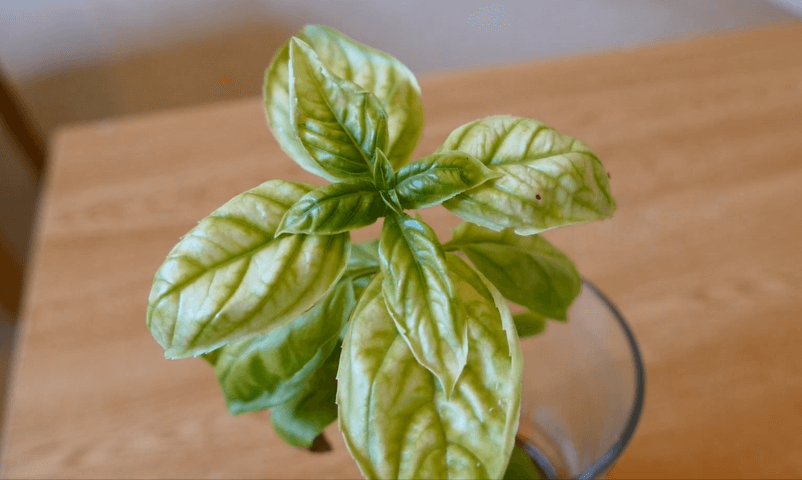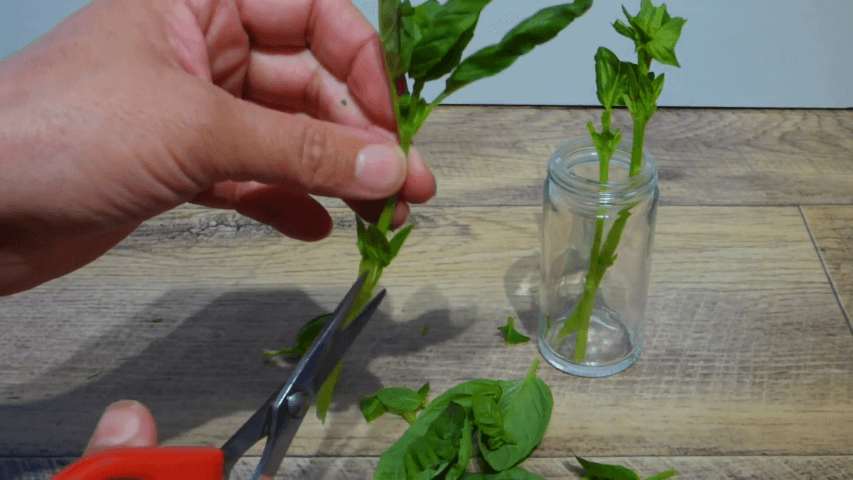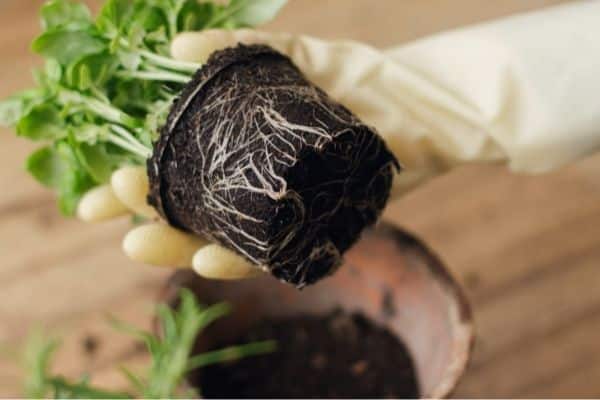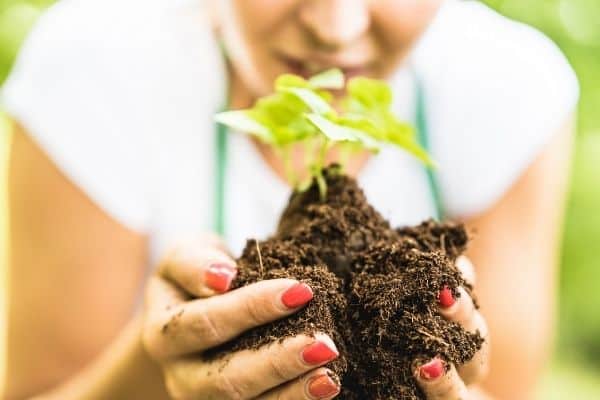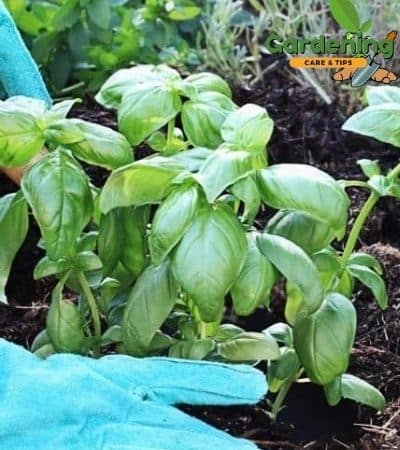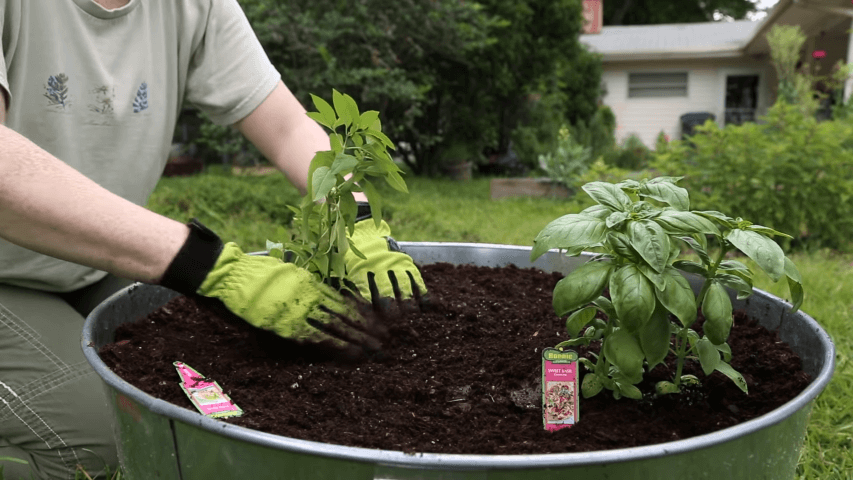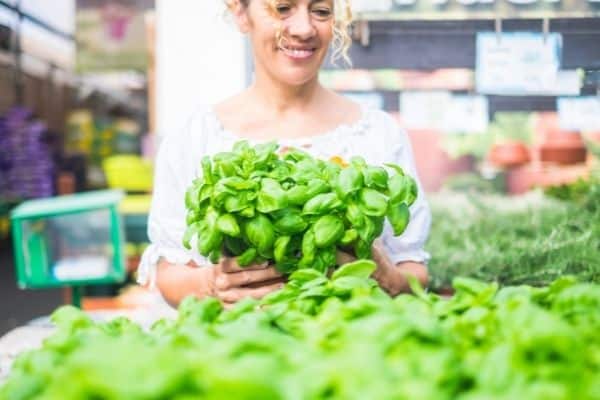Are you unsure about keeping your compost pile in the sun? Most compost farmers have the same question in mind at first. When I first started to make compost, I was uncertain when to keep the pile in the sun or in the Shade.
As years passed by, I gathered more experience and knowledge related to this issue. In this article, I will let you know if you can keep your compost file in the sun or not.
Yes, you can keep your compost pile in the sun. Doing this will increase the internal temperature of your pile, making it easier for the microorganisms to work faster. As a result, the composting process occurs quickly. But remember, your pile will dry out a lot faster under the sun.
So, whenever you put your compost bins or piles in full sunlight, make sure to keep them moist enough. Keep reading the rest of the article for more details.

Table of Contents
Which Location is Best For the Compost Pile, Sun, or Shade?
It is best for you to place the compost in the shade. Because in most cases, the worms in the compost cannot operate properly if the pile gets too hot. Also, if you keep the pile in shade, it does not get overheated due to direct sunlight.
This will decrease the process of excess water evaporation, and be helpful for you to retain the best level of moisture.
Moreover, when you place the pile in shade, It is most likely to stay safe from disasters like heavy rainfall or rainstorms. You don’t have to worry about the compost pile getting extra wet.
In addition, keeping the compost tumblers or piles in shade will help you to work on it comfortably. So, you don’t have to go out into the bright sun every day.
Does Compost Break Down Without Direct Sunlight?
The answer is yes, your compost can break down without direct sunlight. In the final stage, the amount of sunlight received doesn’t matter. Your finished compost will depend on how it is managed and what mixture of organic materials you had put inside.
Remember that an ideal compost pile should be slightly warm and moist so that earthworms, nematodes, bacteria, bugs, aerobic microbes, etc. can operate properly.
In addition to the contents of your compost, your regional climate also plays an important role in a better breakdown. If you live in a hot climate region, your compost will break down faster in general, even if you keep it in shade.
On the other hand, if you belong to a colder region, you may want to take help from the sun for speedy decomposition.
What Happens if the Compost is Overheated?
You should ensure the optimum temperature of 160 degrees Fahrenheit for your compost pile. Because at this temperature the microorganisms living inside the pile can work efficiently. If the temperature gets a lot lower or higher than the optimum level, it can hamper the mechanism of decomposition.
If your compost is very hot, it will result in the death of beneficial microbes, aerobic bacteria, anaerobic bacteria, and earthworms. Also, excessive heat can cause some green materials to rot, thus emitting an unpleasant odor in the surrounding area.
Although you will hear many people saying overheated piles catch fire, actually there is no serious threat like that.
To stay on the safe side, make sure that there are enough air pockets inside the pile that allows enough ventilation. In addition, spray water on the pile from time to time to maintain adequate moisture levels.
In this way, you can save the pile from getting overheated. You can take a more accurate approach by using a compost thermometer.
Consider These Issues For The Compost Pile Location

Keep The Pile Moist Enough In The Sun
Although your composting process works faster in full sun, it dries out quickly too. In this case, you need to water the pile once in a while unless it receives a good amount of rainwater.
In the sun, try not to add too many dry materials to the pile. For example, shredded paper, cardboard, sawdust, dry leaves, wood chips, etc. will make your pile dry out faster.
So, if you place the pile in the sun, make sure to add green materials at the optimum level rather than adding only carbon materials. Examples of green materials are kitchen scraps, food scraps, kitchen peelings, etc.
Composting Slows Down In The Shade
As you place the compost pile in a shady or cooler place, it will decrease the rate of decomposition. But don’t worry, the decomposition is still effective in this state. Check daily if the pile becomes damp or not as there is less water evaporation.
To prevent your pile from getting damp, make sure to add more carbon materials like pieces of paper, sawdust, wood ash, etc. In this way, it won’t get wet and soggy keeping it in shade.
Don’t Abandon Your Compost Too Long
If you only throw waste into your compost tumblers or piles and abandon it afterward, it can take more than 2 years for it to become finished compost. This happens because you didn’t turn the pile to allow air circulation.
As a result, it got contaminated with fungi and microbes that suck up the nutrients from the compost pile. This is generally known as cold composting. Even though the contents will break down, the nutrients may leach, and the pile can start to rot.
On the contrary, you can make the compost ready in just 6 months by using a compost tumbler. This process is widely known as hot composting. In this process, you have to use high nitrogen materials and turn the pile after a definite time to increase aeration inside.
Due to this process, your compost pile will not get contaminated, and your unfinished compost will get completed faster.
Mix The Correct Ingredients
Always ensure the proper mixture of green and brown materials. Keep in mind that the rate of decomposition depends a lot on the optimum mixture of organic matter.
So, make sure to mix the right amount of water along with nitrogen and carbon materials into the pile.
To know more about what amount of green and carbon materials you should put in the pile, read the article titled “How to Make Compost in Plastic Tub” on our website.
Keep Track of Your Daily Weather and Climate

Sometimes you need to change the location of the pile depending on the weather and climate. Don’t just leave your compost for too long, keep checking them after 2 or 3 days and take the necessary steps.
Whether your compost pile needs sun or shade sometimes depends on the climate region you live in. If you live in a hot climate region, your compost pile should probably need a shady place so that it doesn’t dry out from the excessive heat of bright sunlight.
On the other hand, if you reside in a cooler climate region, your compost pile may need more heat from the sun to speed up the decomposition process. That is why we recommend you keep track of your daily weather and place the compost pile accordingly.
Few Last Words
Bright sunlight can be helpful for the compost pile, provided you can save it from getting overheated. Yes, of course, you can keep the pile under the sun, but make sure to keep it moist enough.
Otherwise, you will face consequences if the contents start to rot. For successful composting, take good care of your compost piles, and make the best fertilizer out of them.
“Can a Compost Pile Be In The Sun?” Hope you got the proper solutions. Take care!































